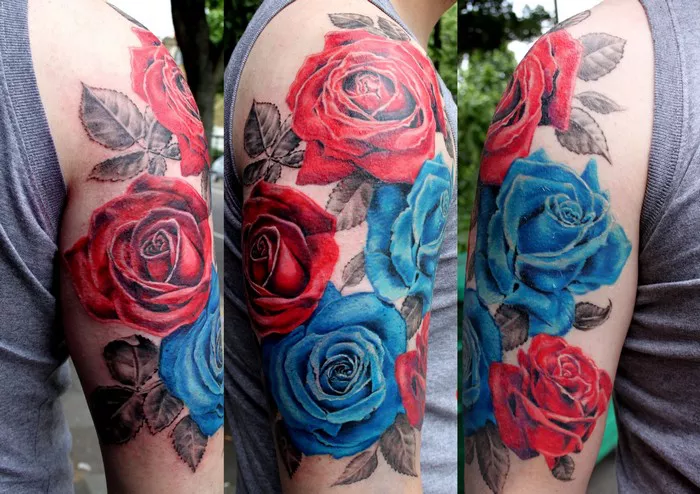Tattoos have become increasingly popular as forms of self-expression and artistry. As the demand for tattoos grows, so does the concern over the safety of tattoo inks. Many people want to know which tattoo inks are the safest to use, considering their potential health risks and long-term effects on the body.
Understanding Tattoo Inks
Before delving into the safety aspects, it’s crucial to understand what tattoo inks are made of and how they interact with the body. Tattoo inks are composed of pigments and carriers. Pigments provide the color, while carriers suspend the pigments and aid in application. Traditional tattoo inks have relied on a variety of substances to achieve different colors, including heavy metals, plastics, and other industrial materials.
Potential Health Risks of Tattoo Inks
The safety of tattoo inks has been a subject of debate and concern within the medical community. Some ingredients used in tattoo inks have been associated with adverse health effects:
Heavy Metals: Certain tattoo pigments contain heavy metals such as lead, cadmium, chromium, nickel, and mercury. These metals can potentially cause allergic reactions, skin irritations, and other serious health problems.
Organic Pigments: Organic pigments derived from azo compounds and aromatic amines have raised concerns due to their potential to break down into carcinogenic substances when exposed to sunlight or laser treatments.
Microbial Contamination: Tattoo inks can harbor bacteria, mold, and other microorganisms, especially if they are not properly manufactured or stored. Contaminated inks can lead to infections and other health complications.
Factors Influencing Ink Safety
Several factors determine the safety of tattoo inks:
Ingredient Quality: The purity and source of tattoo ink ingredients significantly affect their safety. High-quality pigments and carriers reduce the risk of adverse reactions.
Regulatory Standards: Different countries have varying regulations regarding tattoo ink ingredients. In regions with stricter regulations, tattoo inks are more likely to be safer for use.
Manufacturing Processes: Proper manufacturing practices, including sterilization and quality control measures, are crucial for minimizing contamination and ensuring ink safety.
See Also: How Long Do Wrist Tattoos Take to Heal: A Beginner’s Guide
Safest Tattoo Inks Available
As awareness of tattoo ink safety grows, manufacturers have developed safer alternatives. The following types of tattoo inks are generally considered safer options:
Vegan Inks: Vegan tattoo inks are free from animal-derived ingredients and often use natural pigments. They are less likely to contain harmful substances and are suitable for individuals with sensitive skin.
Organic Inks: Organic tattoo inks use natural pigments derived from plants and minerals. They are typically free from synthetic chemicals and are biodegradable, reducing environmental impact.
Water-Based Inks: Water-based tattoo inks replace traditional carriers with water. They contain fewer or no volatile organic compounds (VOCs) and are easier to remove with laser treatments.
Acrylic-Free Inks: Acrylic-based tattoo inks have been associated with allergic reactions and skin sensitivities. Acrylic-free alternatives are formulated without acrylic polymers, making them safer for sensitive individuals.
Choosing a Safe Tattoo Ink
When selecting a tattoo ink, consider the following guidelines to ensure safety:
Research Brands: Look for reputable tattoo ink brands with a history of safety and positive reviews from tattoo artists and clients.
Consult Professionals: Discuss ink options with experienced tattoo artists who prioritize safety and use high-quality products.
Read Labels: Check ingredient lists for potential allergens and harmful substances. Avoid inks with undisclosed or proprietary ingredients.
Consider Your Health: If you have allergies, sensitive skin, or a history of skin reactions, opt for hypoallergenic and dermatologist-tested tattoo inks.
Conclusion
While the safety of tattoo inks continues to be a concern, advancements in ink formulations and increased regulatory oversight have led to safer options for tattoo enthusiasts. By understanding the ingredients, potential risks, and safety considerations, individuals can make informed decisions when choosing tattoo inks. Prioritizing safety, quality, and professional guidance ensures a positive tattoo experience while minimizing health risks associated with tattooing. Remember, your body deserves the best care, even in the pursuit of art and self-expression through tattoos.

